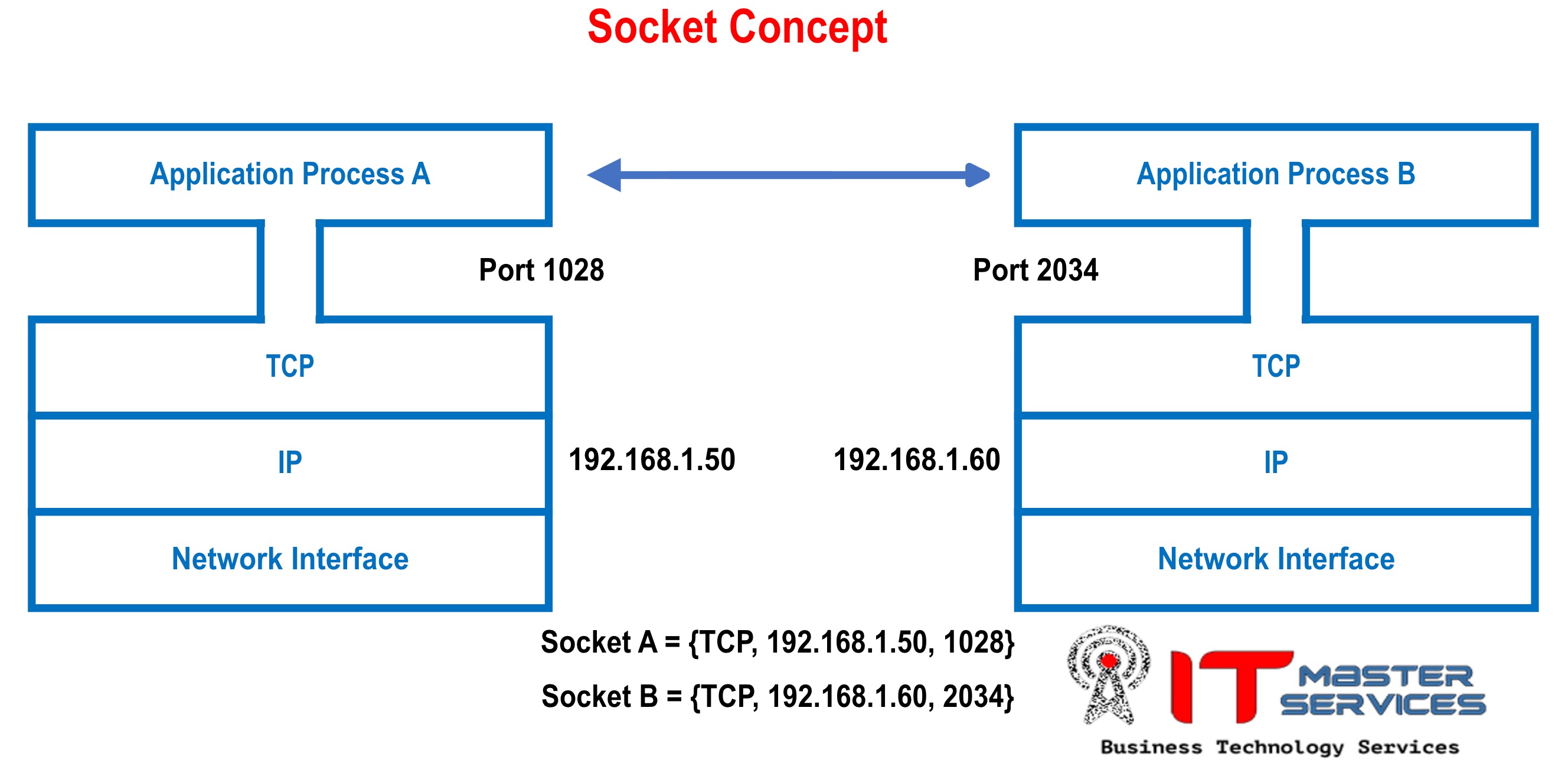In the realm of network programming, the terms "port number" and "socket" are fundamental concepts that are often discussed interchangeably, yet they represent different entities within the network communication framework. Understanding the distinction between them is crucial for IT professionals who deal with network applications and protocols.
A port number is a numerical identifier in the TCP/IP networking model that is used by the transport layer protocols, namely TCP (Transmission Control Protocol) and UDP (User Datagram Protocol), to distinguish between multiple endpoints on a single host. In essence, when an application process initiates a network connection, it requests the operating system to allocate a port number for that session. This port number allows network traffic to be directed to the correct application process on a host, where multiple processes may be communicating over the network simultaneously. Port numbers range from 0 to 65535, with certain numbers reserved for well-known services (for example, HTTP on port 80).
On the other hand, a socket is a broader concept that encapsulates more than just the port number. It includes the IP address of the host as well as the protocol being used in addition to the port number. A socket, therefore, uniquely identifies a single endpoint of a two-way communication link between two programs running over the network. It can be visualized as the combination of an IP address, a port number, and a protocol, forming a complete address for network communication. For instance, a socket might be defined as (TCP, 192.168.1.1, 1028), where TCP is the protocol, 192.168.1.1 is the local IP address, and 1028 is the local port number.
While a port number might be reused across different protocols or IP addresses, a socket represents a unique endpoint. This distinction is particularly important when considering that a single machine, with a single IP address, can have multiple applications listening on different port numbers. In the same vein, the same port number can be used across different IP addresses and protocols, thereby necessitating the need for a more comprehensive identifier, which is the socket.
Moreover, in the context of network programming, a socket descriptor is a handle created by the operating system that allows an application to interface with a socket. This descriptor is a numerical value used by the application to reference a particular socket for the purposes of sending and receiving data.

Figure 1, as referenced, illustrates the concept of a socket by showing two application processes communicating over a network. Each process has a unique socket composed of the TCP protocol, an IP address, and a port number. These sockets enable the two processes to establish a connection and communicate reliably.
To sum up, while a port number is an integral part of a socket, it alone does not provide the full picture necessary for a network communication endpoint. A socket encompasses the port number along with the IP address and protocol, forming a complete and unique address for communication in the network layer. Understanding this difference is key to effectively managing and troubleshooting network applications and services.